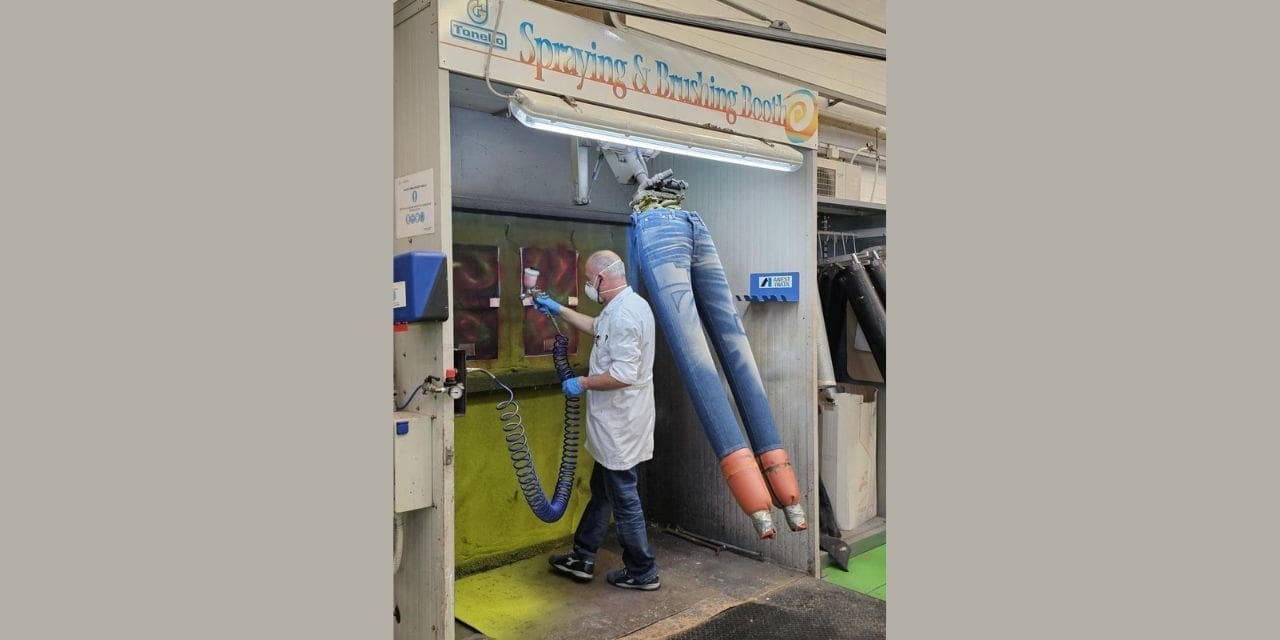Ambient-temperature garment dyeing is Nearchimica’s most recent creative solution. Roberto Camera Magni, the CEO of Nearchimica, an Italian manufacturer of chemical additives and textile dyes, told FashionNetwork.com that the company’s goal is to “cut energy costs while also saving a huge quantity of water, since our reactive dye for cotton garments makes cold-water dyeing possible” on the eve of the Denim Première Vision show, which takes place in Milan on June 5–6.
Camera Magni is eager to satisfy the demands of his customers, who are mostly Asian textile producers but also include a number of fashion labels. Nearchimica is attempting to assist his clients in better recycling their waste water and mitigating the impact of the recent spike in energy bills by offering N-Ice Dyeing, one of the new items that he showcased at Denim PV. In India, there are significant limitations on the use of water. Since salt is an agent that ruins [water] filters, we have thus created a textile dye that is salt-free and facilitates water recycling,” the speaker stated.
Nearchimica has spent the last forty years focusing on creating chemicals that have the least negative effects on the environment, even though the industry is one of the most polluting. “In the supply chain, we are but a link. We use sustainable technology to produce innovative chemicals and chemical engineering solutions.
In a little off-center area, a group of finishing experts are at work in vats filled with unidentified chemicals and glass vials. The space is furnished with microscopes, and a wall chart illustrating the chemical properties of different kinds of cloth is hung in a corner. Experts analyze fabric composition and color using sophisticated instruments, verify fabric durability, use heat to imprint printed patterns, and finish the process by spraying and drying the material.
In 1981, Alfredo Camera—Roberto’s father—founded Nearchimica. The firm established two sizable labs in Legnano in 1993. There, it simulates real industrial circumstances for the whole fabric manufacturing cycle, from washing to dyeing and finishing, in order to test its products. Beside laser printers run by highly qualified technician-designers are washing machines that are both antiquated and high-performing.
“Neither potassium permanganate nor chlorine are present in any of our prototypes. We have created a variety of natural dyes, and every one of our goods complies with the highest laws and certification requirements. Out of our 38 staff, two work full-time on safety data and certification monitoring. We frequently get requests for specialized safety certificates from [apparel] brands,” said Camera Magni.
In a little off-center area, a group of finishing experts are at work in vats filled with unidentified chemicals and glass vials. The space is furnished with microscopes, and a wall chart illustrating the chemical properties of different kinds of cloth is hung in a corner. Experts analyze fabric composition and color using sophisticated instruments, verify fabric durability, use heat to imprint printed patterns, and finish the process by spraying and drying the material.
In addition to dyes, Nearchimica also manufactures chemical additives that are used to soften or deteriorate textiles or to enhance certain characteristics of finishing treatments for textiles, such as antiperspirant treatment. It is divided into two business segments: the textiles division generates 70% of sales, while the clothing sector generates 30%.

